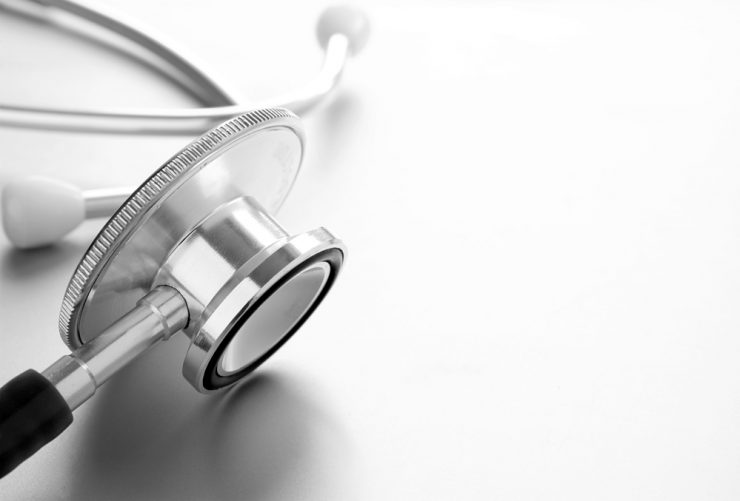Testing of a new medicine or clinical trials
Discovering, developing and licensing of a new medicine is a long drawn and expensive process and can take about 12 years on an average. Before a medicine is licensed, its manufacturer needs to formally request to the MHRA or Medicines and Healthcare products Regulatory Agency to permit them to undergo clinical trials for the drug. This involves testing the medicine for its effectiveness and safety following stringent criteria.
There are four stages of to research studies or clinical trials :
Phase 1 – test is done on a small group of 50-100 healthy people to see its effect on the human body and how side effects respond to high dosage.
Phase 2 – the drug is tested on a reasonable number of 200-400 patients affected by the disease or condition to gauge the effectiveness and ascertain the short range side effects.
Phase 3 – feedback is taken from several thousands of patients to make out how well and how safely the drug is working.
Phase 4 – after the license is granted, the medicine is watched in post-marketing surveys in real life situations to see if it has any long term or unexpected side effect or unsuitability of the drug to any one particular set of people.
Licensing of medicines
Before any drug or medicine device is made available for treatment it needs to be licensed by the authority, MHRA or Medicines and Healthcare products Regulatory Agency in UK. The new drug goes through a lot of strict check points before it reaches the final user to ensure its quality, safety and effectiveness. No medicine is completely safe, it does come with its set of side effects and risks. The healthcare professional needs to advise the best suited drug for an individual case to maximise the effect and minimise the risk.
The agency assesses the clinical trials, and gets as much information to ensure that the benefits of the medicine justify or override the potential risks. The license outlines how to use a particular medicine or medicine device, how much dosage and which health condition it should be used to treat. MHRA also monitors the drugs which are already in clinical use and alerts the medical professionals in case of any potential problems or even withdraws those medicines where the risks override the benefits.
Brand and generic names of medicines
Most drugs or medicines have generic names and brand names. When a new drug comes into the market, it is introduced by one pharmaceutical manufacturer / developer under its specific brand name. The developer patents the name, rights to manufacture and market the drug to recover the high costs incurred in the research and development of the medicine. Once the patent right expires the other manufacturers can produce and market generic copies of the drug with the same active ingredient as the originally licensed medicine. The generic medicines mostly are much cheaper as they do not involve the high R&D costs. However, the generics also need to undergo the strict quality and safety requirements as the original branded drug. An example is, Zocor is the branded version and simvastatin is the generic version of the same medicine prescribed to reduce cholesterol.
Doctors normally prescribe generic names of drug on prescriptions as these are much cheaper and give the pharmacist a wider choice to dispense from
There are a few specific cases where branded medicines as previously prescribed are considered preferable and suitable. These include:
Medicines for epilepsy – even small variations in the different formulations of medications can have major remedial effect, so prescribers may select the brand Lamictal over the generic lamotrigine.
Heart treatment drugs
EC Mesalazine
Lithium
Modified release theophylline
Beclometasone dipropionate CFC-free inhalers for asthma treatment
Ciclosporin
In cases where generic name can be confusing, example hormone replacement therapy and insulin.
Medicines Information-2

Let us know if you liked the post. That’s the only way we can improve.










